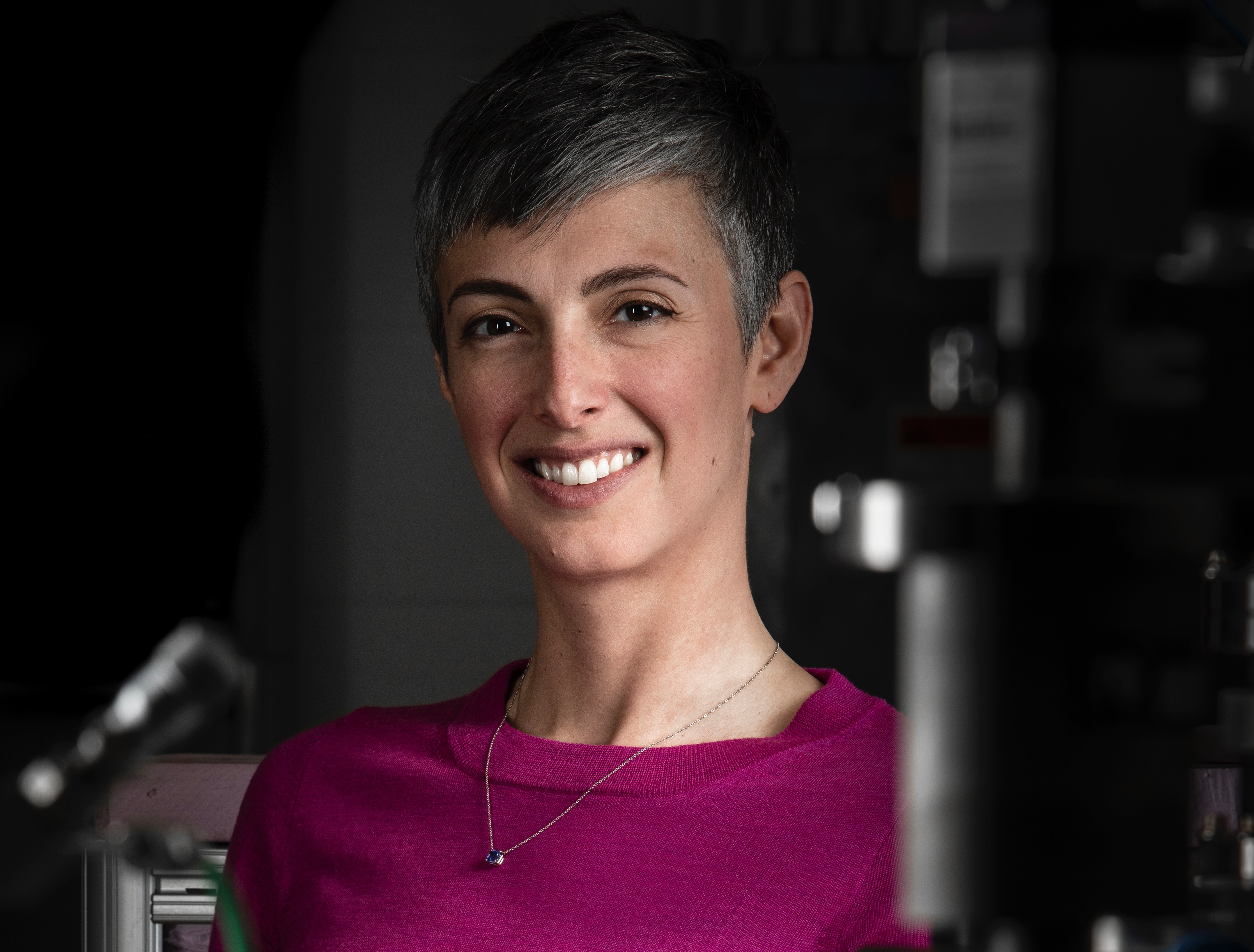Designing a drone that can search for life on other planets

How a trip to the Arctic could help researchers build better tools for planetary exploration.

Nina Lanza is a planetary scientist in Los Alamos National Laboratory's Space Remote Sensing and Data Science group and principal investigator on the ChemCam instrument on the Mars Curiosity rover. She contributed this article to Space.com's Expert Voices: Op-Ed & Insights.
More than 600 miles north of the Arctic Circle is a small island called Devon, home to the Haughton impact crater. Haughton is a cold, dry and windy Arctic desert that is nearly always light in the summer and always dark in the winter. Its average temperature over the year is 1 degree Fahrenheit (minus 17 degrees Celsius).
It is one of the northernmost craters on Earth, formed 31 million years ago when an asteroid or comet hit the island. There is little vegetation, and nobody lives there.
So, why would scientists want to go to one of the least hospitable places on the planet? Because Haughton is an ideal Mars analog — or stand-in — and can serve as a testbed for us to try new equipment.
Related: A month on 'Mars': Fogbound on Devon Island
While it isn’t easy to get to Haughton, it is much harder to travel through space. As one might imagine, it is expensive to get things to Mars, and the opportunities to get there are limited. That’s why a Mars analog like Haughton is a great place to test new technology that could be used to explore Mars and other planets.
This is where we tested the Gamma Rotorcraft for Analog Planetary Environments mission concept, or GRAPE, which is a drone-based instrument concept that could one day search for life on other planets without relying on human guidance. The goal of this work is to advance the development of autonomous planetary drone platforms for detecting the building blocks of life on Mars and beyond.
Breaking space news, the latest updates on rocket launches, skywatching events and more!
The development of drone-based measurement platforms is a valuable tool in planetary exploration and, in fact, is already being used on Mars. A camera-carrying helicopter called Ingenuity is currently part of the Perseverance rover mission and has helped us learn important information about how scouting drones operate on the Red Planet and how they might be used on future missions. In addition, a quadcopter with a full suite of scientific instruments will go to Saturn's moon Titan for the Dragonfly mission launching in 2026.
Missions like these are the inspiration for GRAPE, which utilizes a drone to obtain airborne visual imaging, and gamma-ray and neutron spectroscopy to search for the chemistry of life. These techniques can measure the chemical composition of rocks, and the resulting data can give us a better idea of where to search for signs of life on other planets.
Developing an autonomous, drone-based neutron spectroscopy instrument that can adapt to its surroundings and acquire biosignature information without the need to communicate with humans on Earth would be a major advancement in planetary exploration. It could make decisions about target selection and greatly enhance our ability to acquire high-quality data from planetary missions without spending significant time waiting for analysis and human input.
When we set out on the journey to Devon Island, one of our primary objectives was to compare sample-site selection by drone-based imagery to those sites selected by geologists on the ground. Surprisingly, the sampling locations selected on the ground were very similar to the sampling locations selected from drone data. In the future, it will help us understand how using orbital data only could change the outcome of target selection, and whether we can remove the human-in-the-loop for image assessment for a more autonomous system.
We also learned valuable lessons on how to design future expeditions to Haughton, which will streamline experiments and make it easier to deploy equipment in the field.
We have yet to find microbial life on another planet. But with the assistance of autonomous drones, we may be able to find it sooner rather than later. We believe life could exist on other planets, and autonomous instruments on drones could help point the way.
Follow us on Twitter @Spacedotcom and on Facebook.

Nina Lanza is a planetary scientist in Los Alamos National Laboratory’s Space Remote Sensing and Data Science group. She's also the principal investigator of the ChemCam instrument on NASA's Curiosity Mars rover, which has been exploring the Red Planet since 2012.
